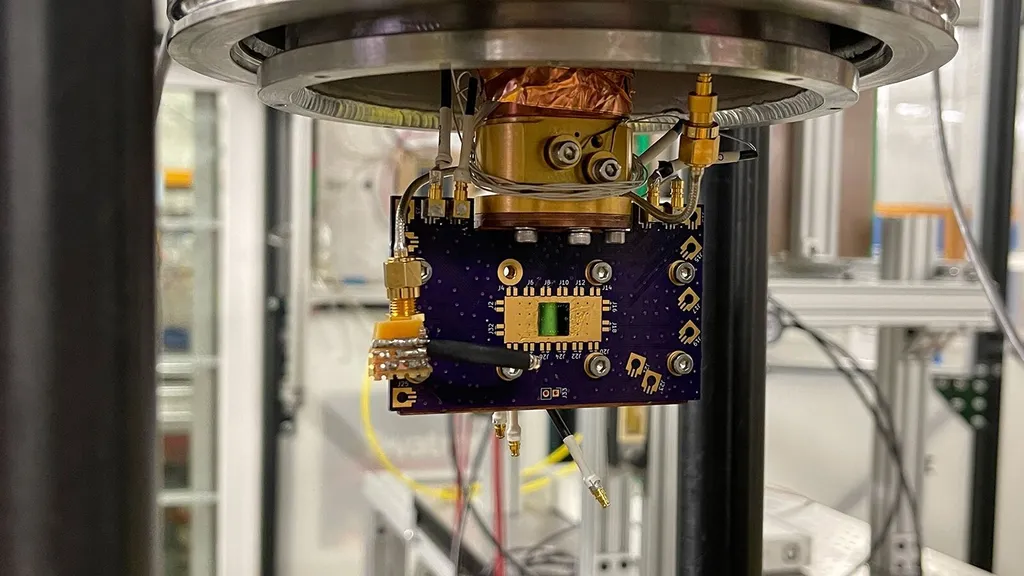Researchers V. Gareyan and Zh. Gevorkian, affiliated with the Yerevan State University in Armenia, have published a study in the journal Physical Review A that explores the behavior of radiation emitted by charged particles as they pass through specific types of photonic crystals. Their findings could have implications for the development of new types of particle detectors in the energy sector.
The study focuses on the radiation emitted when a charged particle crosses an alternating stack of slabs in the optical region. The researchers investigated both disordered and periodic stacks, finding that certain configurations can be solved exactly for backward and forward Brewster observation angles. Brewster’s angle is the angle of incidence at which light with a particular polarization is perfectly transmitted through a transparent dielectric material, with no reflection.
For disordered stacks, the researchers re-established a strong dependence of radiation intensity on the number of slabs, with intensity increasing as the square of the number of slabs. This leads to strong directivity, either in the forward or backward direction, depending on the type of randomness in the stack. In certain periodic photonic crystals, the researchers found a strong energy dependence of radiation intensity for relativistic particles, with intensity increasing as the fourth power of the particle’s energy. However, this increase in intensity saturates at higher particle energies.
The band structure of the photonic crystal studied by the researchers exhibits behavior analogous to the Dirac cones found in graphene, a material known for its exceptional electronic properties. The researchers suggest that this special type of one-dimensional photonic crystal could be applied as a detector of relativistic particles, which are particles moving at speeds comparable to the speed of light.
In the energy sector, the development of new types of particle detectors could have applications in fields such as nuclear power, where the detection and measurement of radiation is critical for safety and monitoring. The findings of this study could contribute to the development of more sensitive and accurate detectors, improving the overall safety and efficiency of nuclear power plants. However, further research and development will be needed to translate these findings into practical applications.
This article is based on research available at arXiv.

